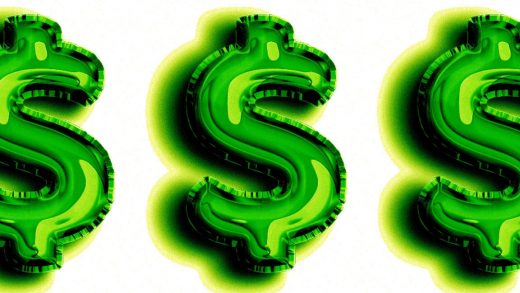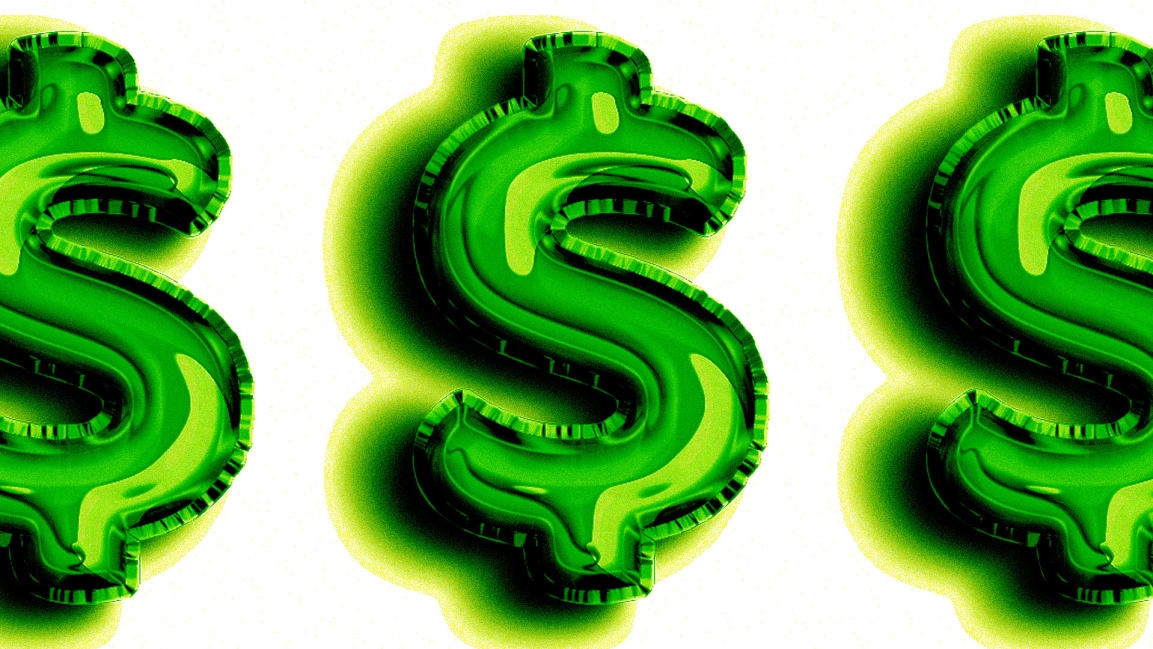Inflation jumped yet again. Here is what’s driving it right now
Inflation has whizzed by yet another big mile marker in the United States: The year-end consumer price index, a gauge compiled by the Department of Labor that’s closely followed by economists, reported a 7% jump in prices between December 2020 and December 2021, the fastest rate of increase since 1982—a 40-year record.
The department’s Bureau of Labor Statistics (BLS) released the new data on Wednesday, and the index, which measures the costs of dozens of common items then finds the average, showed that the price of essential things like food, rent, and cars is still increasing very fast.
The price of new cars ended the year 11.8% higher, while for used cars it crept up by another 3.5% in December, putting the 12-month increase at an astounding 37.3%. Food’s price grew by 6.3% (0.5% in December alone), consumer goods climbed by 5.5% (0.6% in December), and clothes rose 5.8% (1.7% in December).
However, the two biggest bank-breakers are fuel and rent costs. For 2021, gas prices increased by a staggering 49.6%, and oil by 41%. Rent saw a more modest increase—4.1%—but given that rent is the top monthly expense for many Americans, this hits pretty hard. That jump equals another half-month’s rent, lost.
These rising prices can feel lose-lose for consumers: The omicron variant of COVID-9 is sweeping though factories, entry ports, and warehouses nationwide, causing brand-new shortages of products and parts for which supplies had finally begun to pivot back to normal. Meanwhile, strong consumer demand continues to provide an underlying justification for higher prices, shipping upcharges, and fuel price increases.
The CPI’s numbers for 2021 further solidify what’s already been a months–long story—that inflation is seemingly here to stay, and the surging COVID-19 cases plus the ongoing supply-chain and labor shortages are driving prices even higher. The prime economic policy question for 2022 is how to wrangle them back down. At his confirmation hearing Tuesday, Fed chair Jerome Powell said rate hikes are one tool the government definitely plans to use, though he still didn’t pin any hikes to specific dates.
He also gave a peek into how he views the causes of inflation. During her turn, Senator Elizabeth Warren of Massachusetts noted that nearly two-thirds of America’s biggest publicly traded companies are reporting higher profit margins during the pandemic, despite many consumers continuing to struggle financially. She proceeded to ask if part of the problem could be companies fattening their profits.
“That could be right,” Powell answered. “It could also be that demand is just incredibly strong, and they’re raising prices because they can.”
(25)



